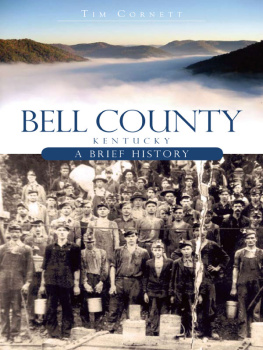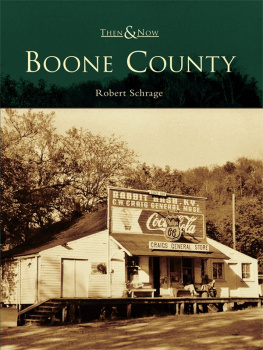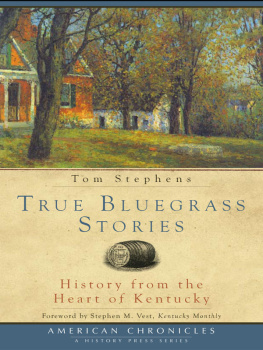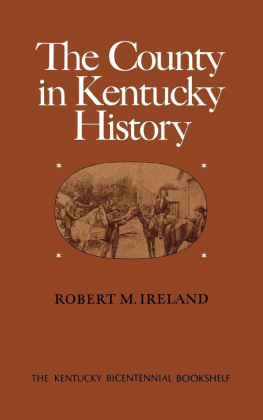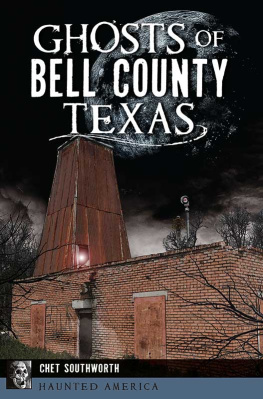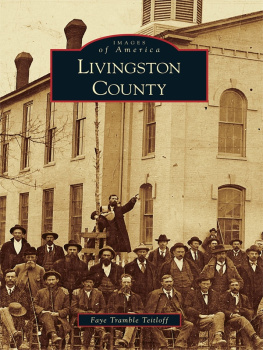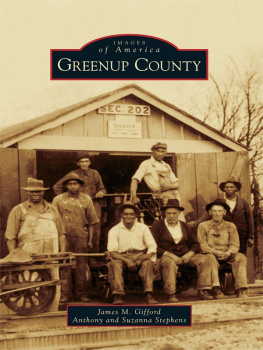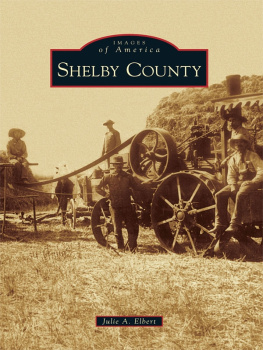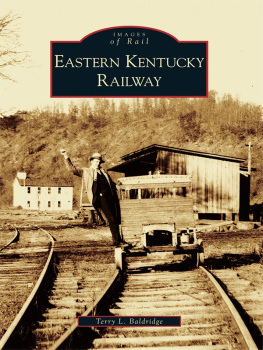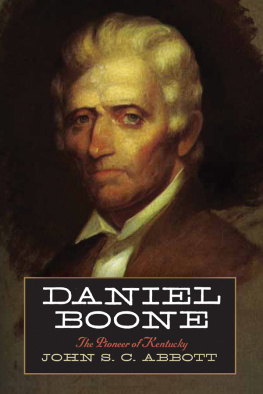

Published by The History Press
Charleston, SC 29403
www.historypress.net
Copyright 2009 by Tim Cornett
All rights reserved
Front cover image, top by Jimbo Helton.
First published 2009
e-book edition 2013
Manufactured in the United States
ISBN 978.1.62584.322.7
Library of Congress Cataloging-in-Publication Data
Cornett, Tim.
Bell County, Kentucky : a brief history / Tim Cornett.
p. cm.
Includes bibliographical references and index.
print edition ISBN 978-1-59629-809-5 (alk. paper)
1. Bell County (Ky.)--History. 2. Bell County (Ky.)--History, Local. 3. Bell County (Ky.)--Economic conditions. I. Title.
F457.B4C67 2009
976.9123--dc22
2009026210
Notice: The information in this book is true and complete to the best of our knowledge. It is offered without guarantee on the part of the author or The History Press. The author and The History Press disclaim all liability in connection with the use of this book.
All rights reserved. No part of this book may be reproduced or transmitted in any form whatsoever without prior written permission from the publisher except in the case of brief quotations embodied in critical articles and reviews.
To Beckyand dancing on the front porch.
CONTENTS
FOREWORD
I first met Tim Cornett when he was a senior at Pineville High School and I was a rookie history teacher. He came to my attention because I noticed him each day in the halls during my afternoon planning period. I found that he had unofficially shortened his school day and routinely skipped his last-period study hall. He explained with a straight face that he had important work to do at home. Since that rocky introduction, Tim has consistently been involved in important work. However, making a living has generally been an interference. He has been a newspaper reporter, a newspaper editor, a public relations director, a magazine editor and numerous other minor vocations. However, his serious work since those high school days has consistently been a continuing inquiry into the history of Bell County.
The Cumberland Gap area is home to one of the most historically significant regions of the West, and Tim Cornett has endeavored to investigate Bell Countys role. He has researched extensively in secondary sources, but probably any competent researcher could have done the same. However, only someone who knows Bell County and its inhabitants intimately could have conducted the interviews and been given access to primary sources that have gone into this work. These interviews have been conducted not during a short period of time but over half a lifetime. Many of these sources have died and others have left the area. Because of his important work, these characters from Bell Countys past can continue to be heard.
Thomas Kelemen
Pineville, Kentucky
September 2005
INTRODUCTION
Bell County is a place of history.
Long touted as the Gateway to the West is the Cumberland Gap inBell County. Known to every schoolboy is Daniel Boone, who first entered Kentucky by way ofBell County. Forever revered as the path of the pioneers is the Wilderness Road, which begins in Kentucky, inBell County.
Bell Countys story lies in the lives of the countless thousands who have made their homes here, who have eked a living out of the rocky soil, who have survived booms and busts as the fortunes of a black mineral called coal have fluctuated on the world market.
But for the works of Judge William A. Ayers and H.H. Fuson, little has been written about the full scope of the history of Bell Countythe last of these almost seventy years ago. Both works have their merits, but nothing was written that came from the everyday Bell Countians lives.
In this volume I have attempted to do that. Included are materials drawn from letters, privately printed memoirs and personal interviews that will show the story of the men and women who made up Bell County.
This book does not pretend to be a complete history or an up-to-date history; both of those are misnomers. The best chroniclers of complete histories are the daily and weekly newspapers, but they too come short for they can report on only what is learned at the time and not on the actions behind the scenes.
Readers will note that this volume is bare of footnotes. I realize that most books of this ilk are usually very heavily footnoted, but I personally dont like footnotesthey distract one from the text. With that in mind, I have given credit in the main text wherever it was necessary and have also included a fairly extensive bibliography.
History is very much like biographythe biography of a place rather than a personand in a biography, one must include things that some readers would rather see omitted. To those readers I offer these words: in a true biography all things must be used, the bad as well as the good.
I wish here to thank those who have been patient with me during twenty-five-plus years of research, who listened patiently to my questions and even more patiently whenmy questions answeredI rambled on about what I had found. Thanks also to those who have allowed me to interview them or who have just talked history with me; thanks to those whose work I have used in my research. Thanks to Dr. Billy T. Dye for the old beige; I couldnt have made it without it. Thanks also to Ron Day for making the required cuts in what was originally a very lengthy manuscript.
CHAPTER 1
EARLY RESIDENTS
Long before settlers from Virginia and North Carolina made their way into the land of Kentucky in a westward push of expansion, there was myriad life and movement in and out of the area. Known to the Cherokee, the Shawnee and, occasionally, the Seminole, the mountainous terrain that was to eventually become the Gateway to the West was used mostly as a hunting ground and as a path for war parties to and from the southern and northern sections of the country.
Eons ago, when the first deep rumblings in the earth began to form the mountains we have come to call the Cumberland and Pine Mountain Ranges, there was wildlife in abundance in what is now Bell County, Kentucky. The area teemed with gamelarge and smallmaking it a natural hunting spot for those races of men who were to follow.
It is known that a pre-Mississippian and a Mississippian society flourished in the area; when Dr. Walker ventured into the Cumberland Gap area in the 1700s, he found traces of these people. Yet, by the time of mass immigration into Kaintuck, virtually all signs of these people had vanishedravaged by time, the elements and civilization.
Several years ago, Dr. James S. Golden Jr. of Pineville told an interesting story of the discovery of skeletons on the mountain just outside of Pineville. According to Golden, a local hunter stopped to rest just before dawn. Sitting down on what he thought was a pile of brush and branches at the bottom of a tree, the hunter discovered that he was seated on a pile of what looked to be human bones.
These bones were taken to Golden, who was able to assemble four almost complete skeletonscomplete except for the skulls. Golden said that the skeletons appeared to be from a race of people who were short and stocky. The femurs were twice the diameter of a modern mans, and shorter. He estimated that the people would have weighed between two and three hundred pounds, based on their skeletal structure.

Next page
